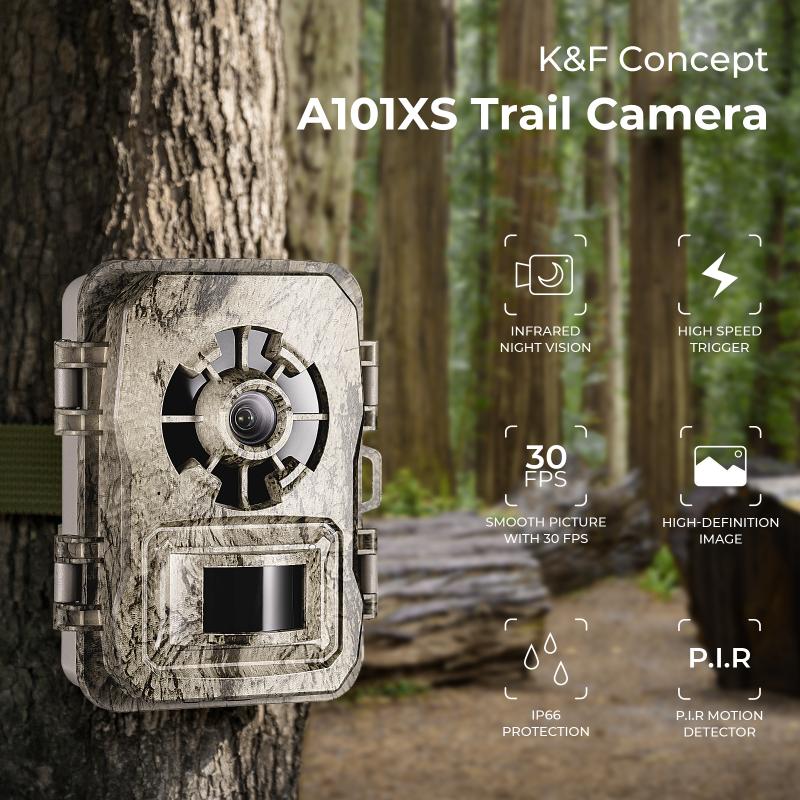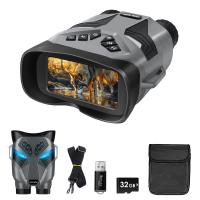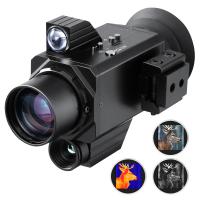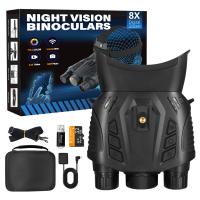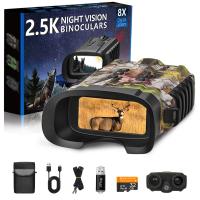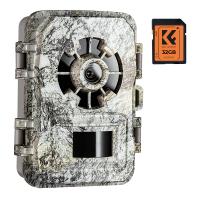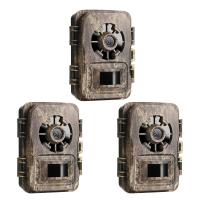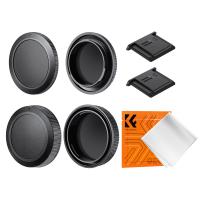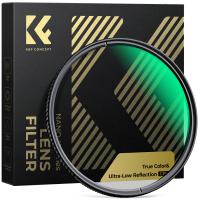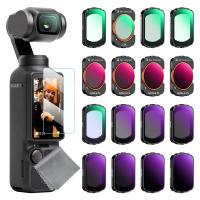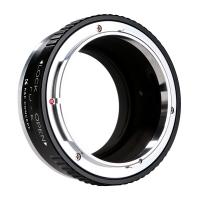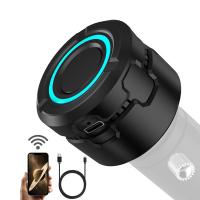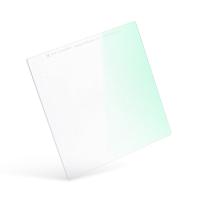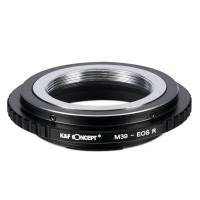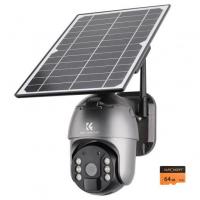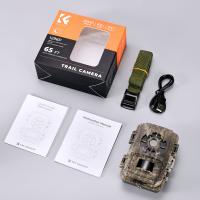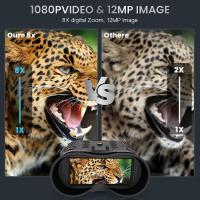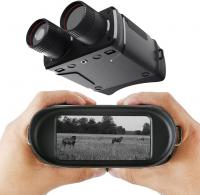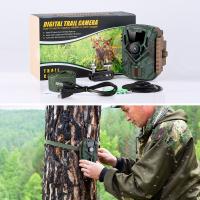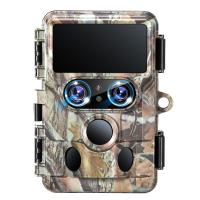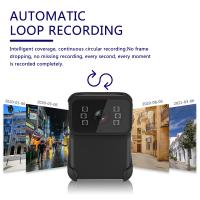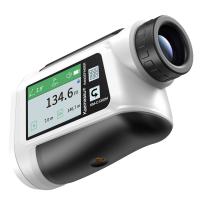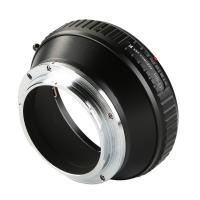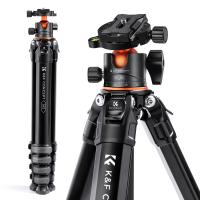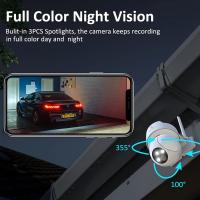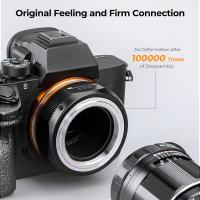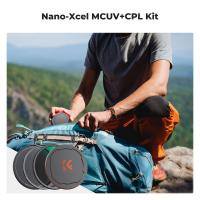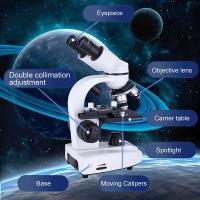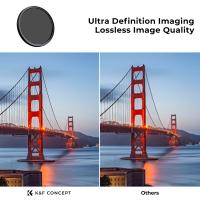Night Vision How To Make ?
It is not recommended to attempt to make your own night vision device as it can be dangerous and potentially harmful to your eyesight. Night vision technology involves the use of specialized equipment and technology that requires expertise and knowledge to properly manufacture and operate. It is best to purchase a night vision device from a reputable manufacturer or retailer that has been tested and certified for safety and effectiveness. Additionally, it is important to follow all safety guidelines and instructions when using night vision equipment to avoid injury or damage to the device.
1、 Infrared Illumination
Infrared Illumination is a technology that can be used to enhance night vision. It works by emitting infrared light, which is invisible to the human eye but can be detected by night vision devices. To make infrared illumination, you will need an infrared LED, a power source, and a resistor. The LED should be connected to the power source through the resistor to prevent it from burning out.
To use infrared illumination for night vision, you will need a night vision device that is compatible with infrared light. This can include night vision goggles, cameras, or scopes. When the infrared light is emitted, it will illuminate the area in front of the device, allowing you to see in the dark.
It is important to note that the use of infrared illumination may be restricted in some areas, as it can be used for surveillance purposes. Additionally, some animals may be able to detect the infrared light and may be frightened or disturbed by it.
In recent years, there have been advancements in infrared illumination technology, including the use of laser diodes and improved LED designs. These advancements have led to increased efficiency and effectiveness of infrared illumination for night vision applications.
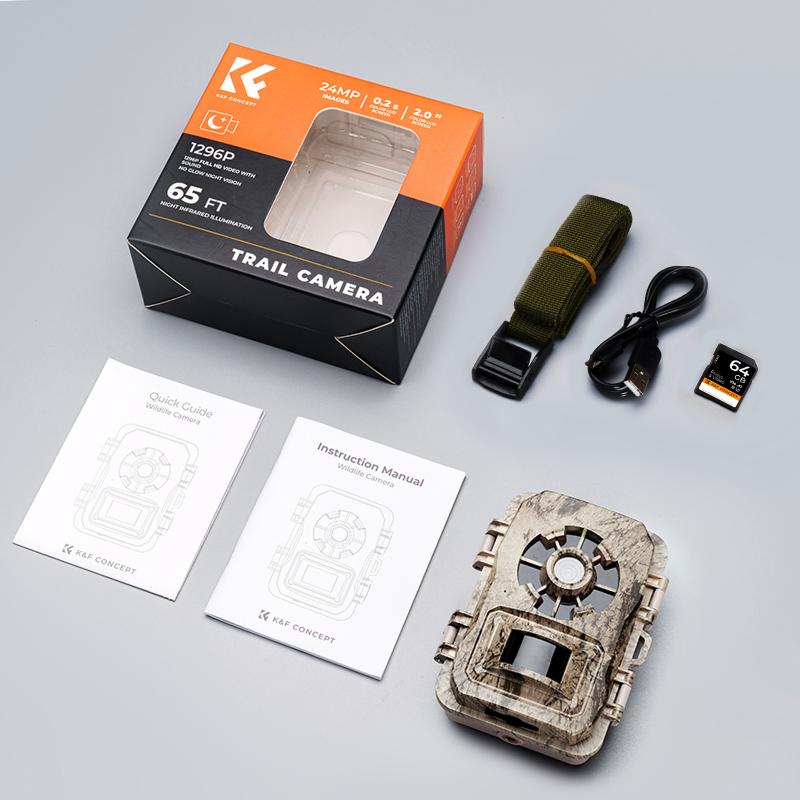
2、 Image Intensification
Night vision how to make: Image Intensification
Image intensification is a technology used in night vision devices to amplify the available light and make it visible to the human eye. The process involves capturing the available light through a lens and then passing it through an image intensifier tube. The tube contains a photocathode that converts the light into electrons, which are then accelerated and amplified by a series of electrodes. The amplified electrons are then converted back into visible light, which is displayed on a screen or eyepiece.
To make a night vision device using image intensification, you will need to acquire an image intensifier tube, a lens, and a power source. You can purchase these components separately or as part of a night vision kit.
Once you have the components, you will need to assemble them into a functional device. This can be done by mounting the image intensifier tube and lens onto a housing, and then connecting them to a power source. You may also need to add additional features such as a screen or eyepiece for viewing the amplified image.
It is important to note that the use of night vision devices is regulated in many countries, and it is illegal to use them for certain activities such as hunting or surveillance without proper permits. Additionally, the use of night vision devices can have negative impacts on wildlife and should be used responsibly.
In recent years, there have been advancements in night vision technology, including the use of digital image sensors and thermal imaging. These technologies offer improved performance and capabilities over traditional image intensification, but may also come at a higher cost.

3、 Thermal Imaging
Thermal imaging is a technology that allows us to see the heat signatures of objects and living beings. It works by detecting the infrared radiation emitted by objects and converting it into an image that we can see. Thermal imaging is commonly used in military and law enforcement applications, as well as in industrial and scientific settings.
To make a thermal imaging device, you will need a thermal camera module, a microcontroller, and a display. The thermal camera module is the most important component, as it is responsible for detecting the infrared radiation and converting it into an electrical signal. The microcontroller processes the signal and sends it to the display, where it is displayed as an image.
There are many different types of thermal camera modules available, ranging from low-cost modules that can be used with a Raspberry Pi or Arduino, to high-end modules that are used in professional applications. The choice of module will depend on your budget and the specific application you have in mind.
One of the latest developments in thermal imaging technology is the use of artificial intelligence (AI) to enhance the images produced by thermal cameras. AI algorithms can be used to identify objects and people in the images, and to highlight areas of interest. This can be particularly useful in search and rescue operations, where time is of the essence.
In conclusion, thermal imaging is a powerful technology that allows us to see the world in a different way. With the right components and a little bit of know-how, it is possible to build your own thermal imaging device. And with the latest developments in AI, the possibilities for this technology are only just beginning to be explored.
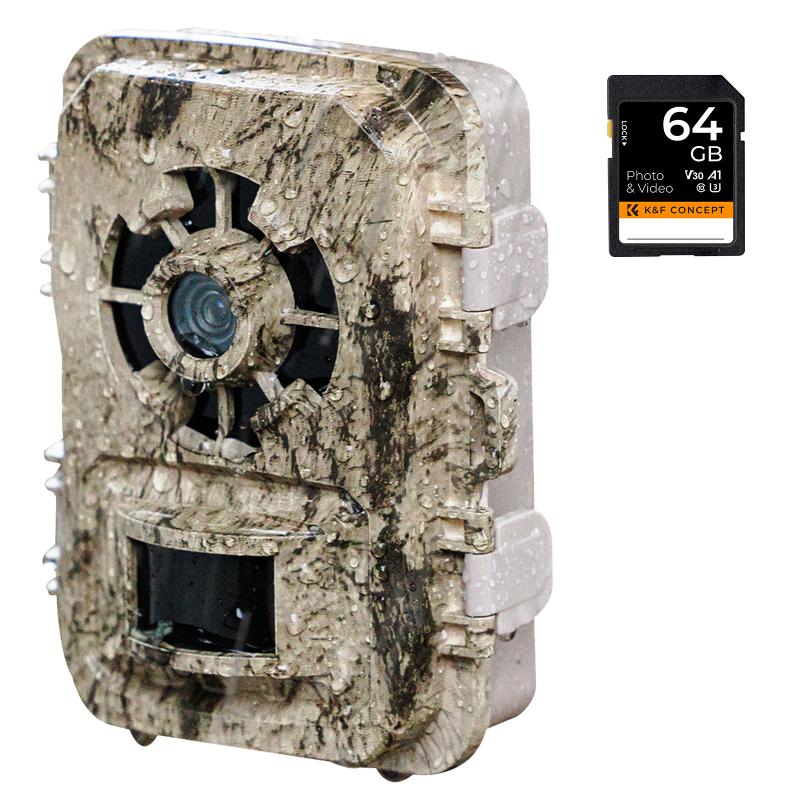
4、 Digital Night Vision
Digital night vision is a technology that uses digital sensors to capture and amplify available light, allowing users to see in low-light conditions. Unlike traditional night vision devices that use image intensifier tubes, digital night vision devices use CCD or CMOS sensors to capture images. These sensors convert the available light into an electronic signal, which is then processed and displayed on a screen.
To make a digital night vision device, you will need a CCD or CMOS sensor, a lens, an infrared illuminator, and a display screen. The sensor captures the available light, and the lens focuses the light onto the sensor. The infrared illuminator emits infrared light, which is invisible to the human eye but can be detected by the sensor. This helps to improve the image quality in complete darkness.
The electronic signal from the sensor is then processed by a digital signal processor, which enhances the image and removes noise. The processed image is then displayed on a screen, which can be a built-in screen or an external monitor.
The latest advancements in digital night vision technology include the use of high-resolution sensors, advanced image processing algorithms, and wireless connectivity. Some digital night vision devices also come with built-in recording capabilities, allowing users to capture and store images and videos.
Overall, digital night vision technology offers a more affordable and versatile alternative to traditional night vision devices. It is widely used in a variety of applications, including hunting, surveillance, and military operations.
